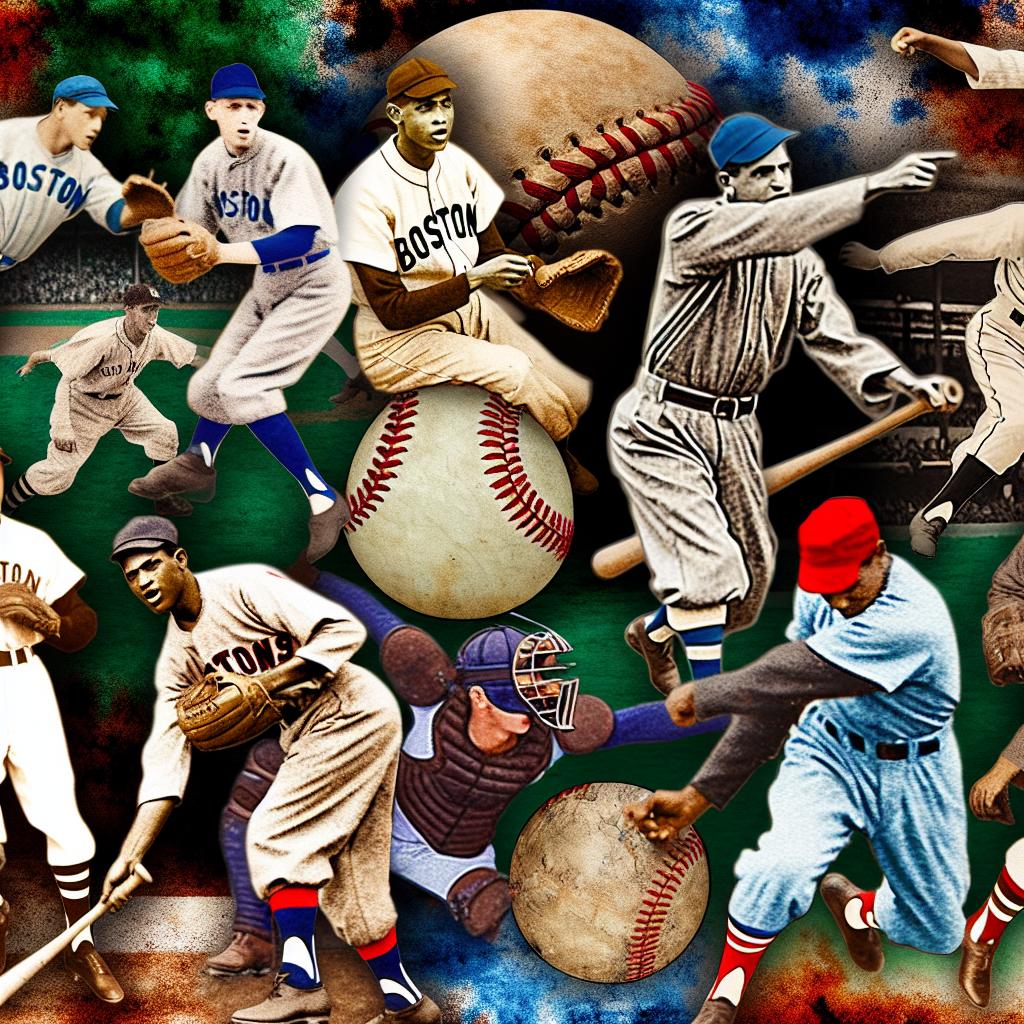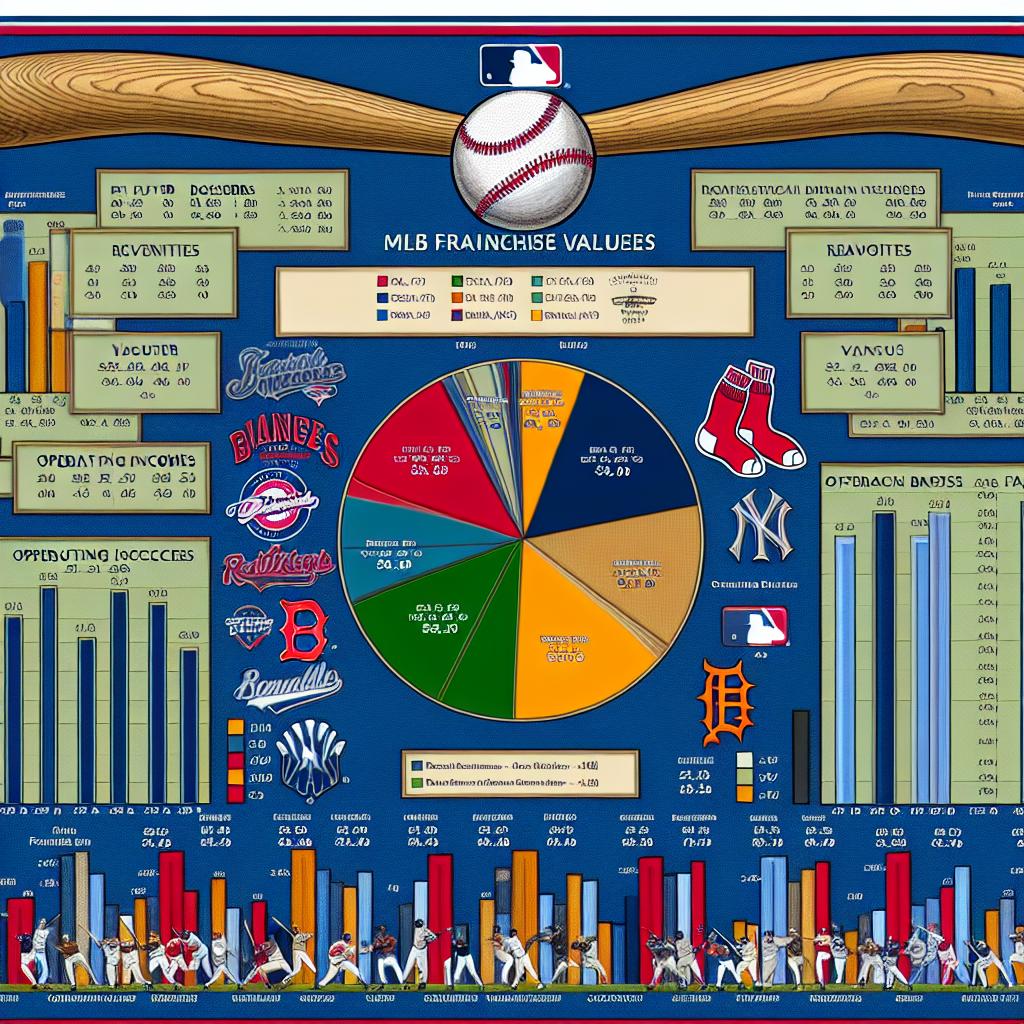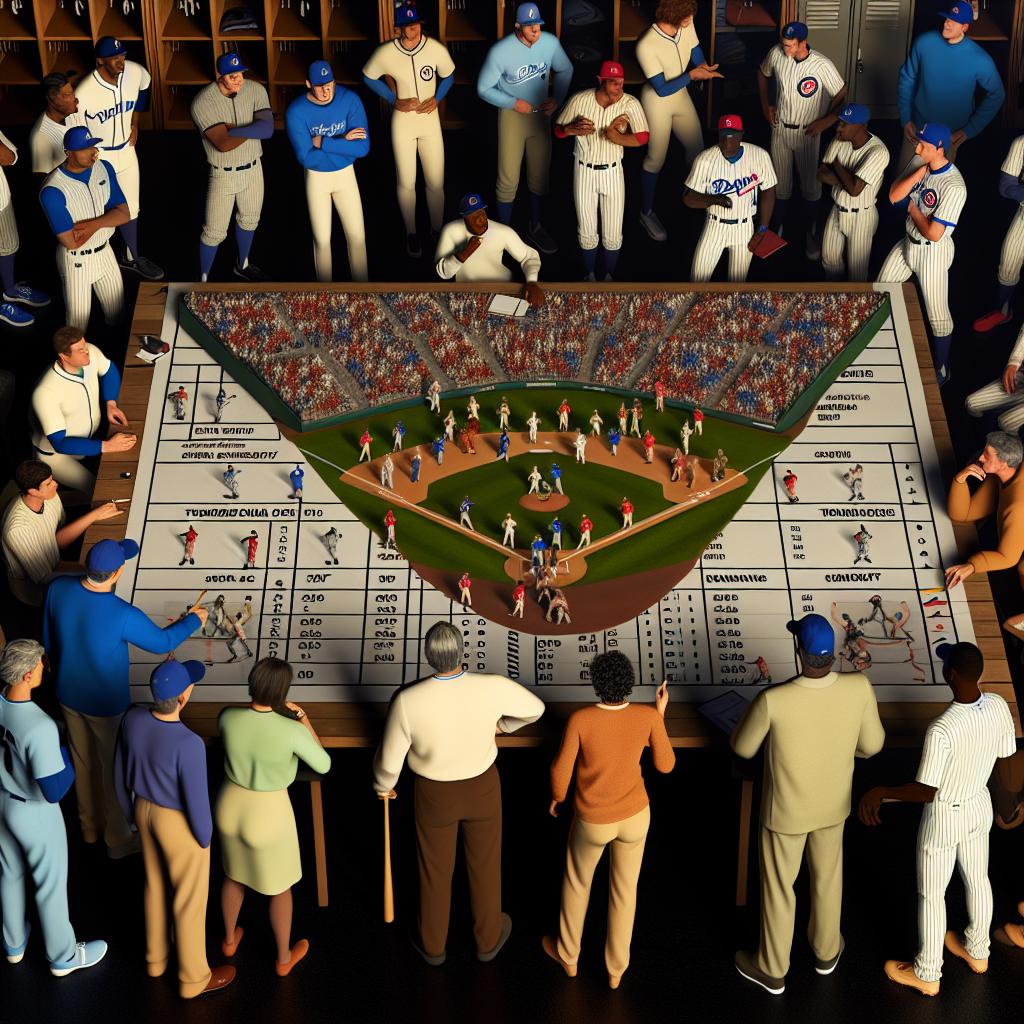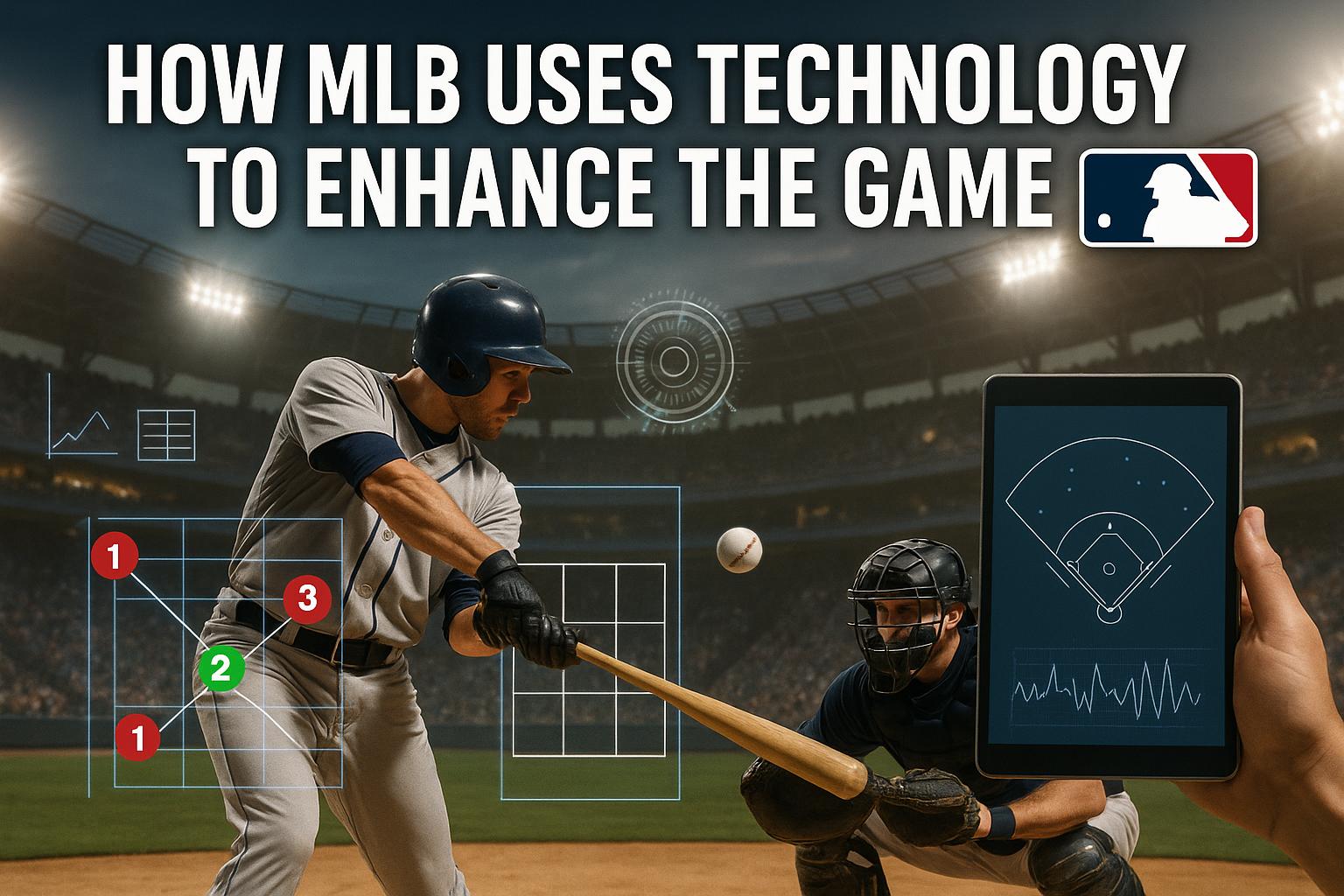The Beginnings of Major League Baseball
The origins of what is now known as Major League Baseball (MLB) can be traced back to the mid-19th century, a time when the sport began to take shape in the United States. Initially, baseball was a sport conceived as a modified version of older bat-and-ball games brought to the North American continent by immigrant communities. These games were the foundation upon which baseball was built, allowing it to evolve into a structured competition. The first officially recorded baseball game took place in 1846 in Hoboken, New Jersey, which marks an important historical moment for the sport.
Gradually, baseball started to gain popularity, leading to more organized and formalized versions of the sport. The establishment of the National League (NL) in 1876 marked the pivotal beginning of professional baseball in the United States. The National League was not just a mere gathering of teams but rather a structured organization with guidelines and regulations, signifying the maturity of the sport.
The Formation of the American League
The journey of Major League Baseball continued with the formation of the American League (AL) in 1901. This was part of an effort to increase professionalism and competitiveness within the sport. The American League was established to be a direct competitor to the existing National League, providing more opportunities for teams and players and creating a broader and more competitive playing field.
By 1903, the two leagues reached an agreement, known as the National Agreement, which allowed them not only to coexist but also to collaborate. This collaboration led to the creation of the World Series, an annual championship event that became one of the most anticipated contests in baseball. The World Series featured the champions from each league facing off against each other, quickly evolving into the pinnacle event of the baseball season. This cooperation marked the beginning of a new era for professional baseball, which saw increased public interest and larger audiences.
Key Developments and Changes
Throughout the 20th century, Major League Baseball underwent numerous significant changes, reflecting broader social currents and technological advancements. One of the most notable changes came in 1947 when Jackie Robinson broke the racial barriers by becoming the first African American to play in the major leagues. This groundbreaking moment was not merely a sports milestone but also a significant milestone in American civil rights, marking the beginning of the end for racial segregation in professional baseball. Robinson’s debut paved the way for increased diversity within the sport.
Another key milestone came in 1969. Both the National League and the American League introduced a divisional structure, which increased the number of teams that reached postseason play. This marked the beginning of playoff baseball as we know it today. By expanding the playoffs, MLB created more opportunities for teams to compete for the championship, thereby increasing fan engagement and interest within the sport.
The Expansion Era
The latter part of the 20th century was characterized by further transformations and expansions within Major League Baseball. This period, commonly referred to as the Expansion Era, began in 1961 with the addition of new teams such as the Los Angeles Angels and the Washington Senators (now known as the Texas Rangers). The goal was to broaden the geographical reach of baseball and to generate new fan bases across the country.
Over the subsequent decades, MLB continued to add teams, eventually building up to the current configuration of 30 teams in total. This era not only saw the increase in the number of teams but also the reorganization of existing ones to ensure a balanced and competitive league. The Expansion Era significantly diversified the competition in the league and led to the building of expansive new stadiums, with modern amenities accommodating the growing number of fans.
Modern MLB and Technology
In the 21st century, Major League Baseball adapted to modern times by embracing technological advancements. These advancements have transformed every aspect of the game, from how it is played to how it is enjoyed by fans. One of the key technological introductions has been the use of instant replay. This allows for more accurate and fair umpiring decisions, ensuring that critical calls during games are reviewed and judged appropriately.
Another major change has been the utilization of advanced statistics and data analytics. This shift towards data-driven decision-making has revolutionized how managers strategize and how teams scout for talent. Statistical analysis helps in evaluating player performance and making informed decisions in trades, drafts, and on-field tactics.
Moreover, digital streaming services have modernized the way fans consume baseball. With live streaming options, fans can watch games from any location globally, expanding baseball’s reach across continents and making it more accessible to a worldwide audience.
The adoption of technology has helped Major League Baseball stay relevant and engaging, especially for the younger digital-native audience. This blending of tradition with modernity ensures that the game remains one of the most beloved sports in the United States.
For those interested in delving deeper into the rich history and evolution of baseball, resources such as Baseball-Reference offer detailed statistical data and historical records. Additionally, visiting the National Baseball Hall of Fame provides a comprehensive understanding of the sport’s legacy, celebrating the achievements and milestones of baseball’s iconic players and historic moments.




